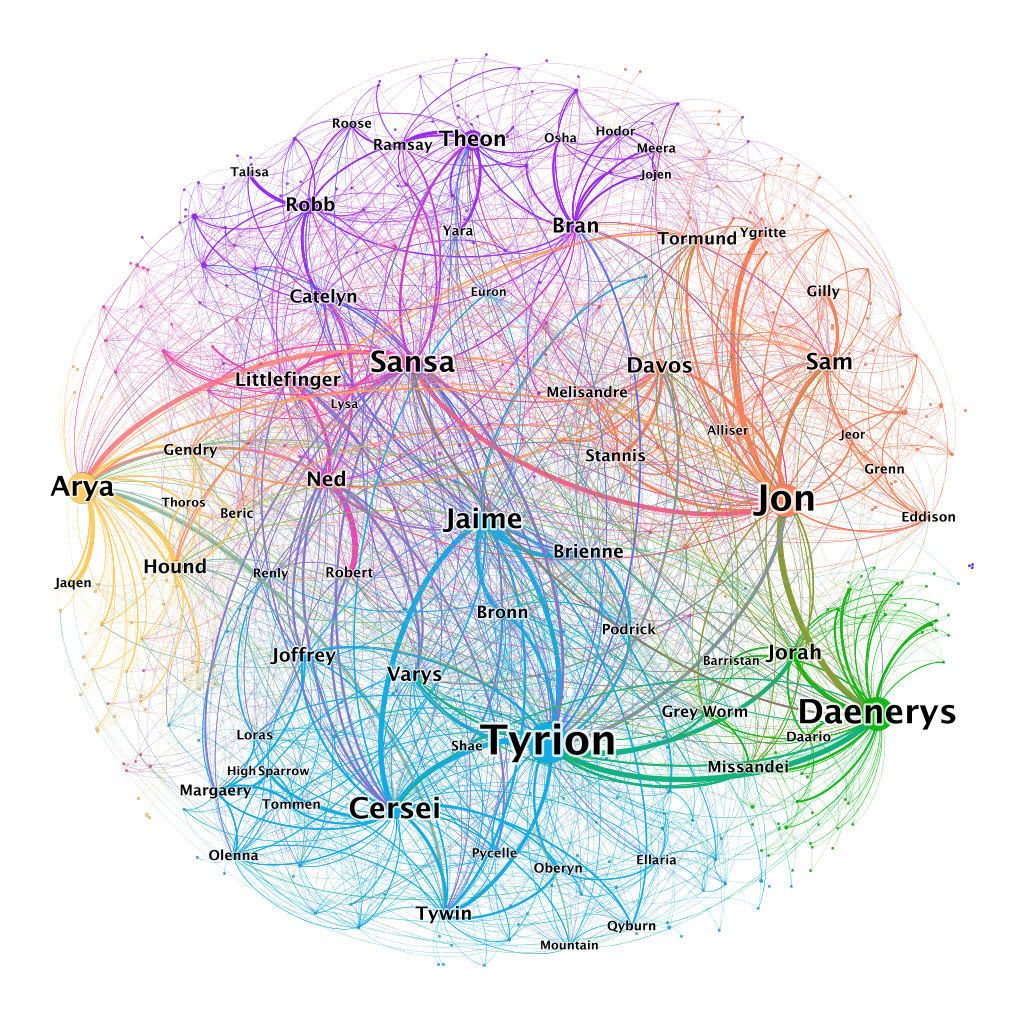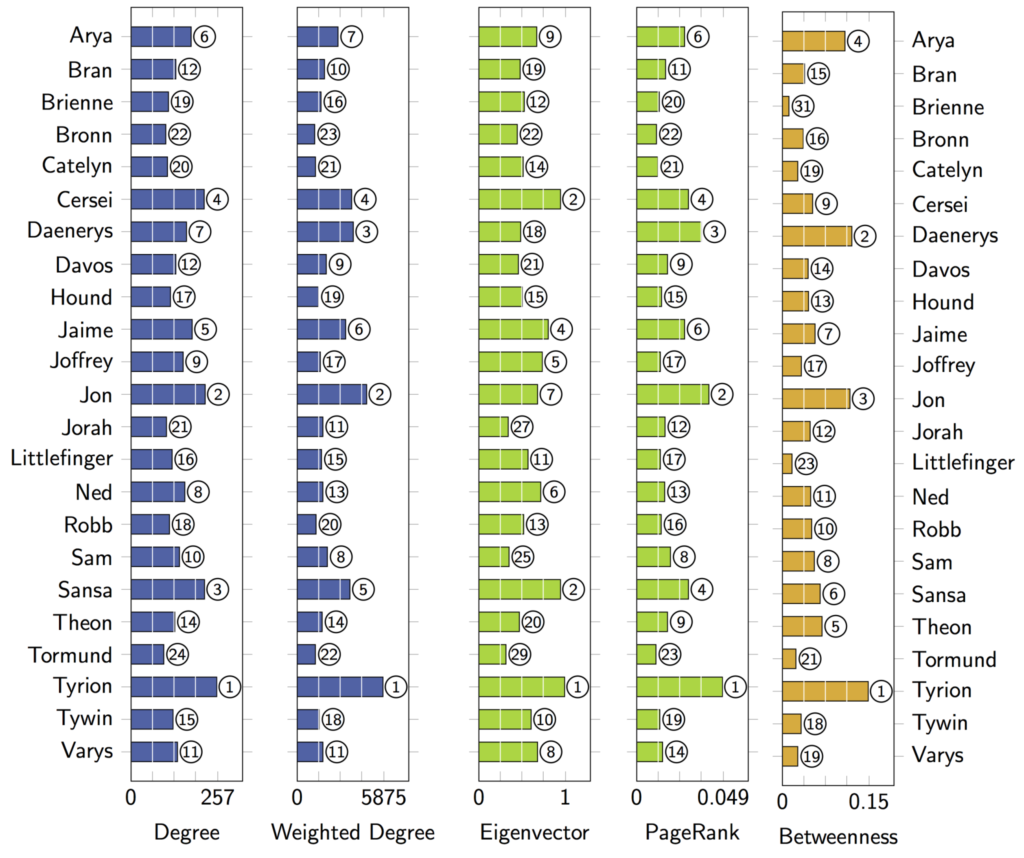I didn’t eagerly dive headfirst into the Game of Thrones fandom by choice. Rather, after several years, I eventually bent to the will of the surrounding culture and our algorithmic overlords (another topic relevant to this class!), reading the posts, memes, and videos seemingly everywhere on the internet discussing and analyzing the popular series. After beginning to watch and read the series myself, I too was highly anticipating the final season bringing answers to long-speculated fan theories and ominous prophecies that were presented earlier in the story.
With such a large cast and different plot threads, one of the frequent topics of discussion I constantly read about was how important certain characters were to the overall story. For one, being integral to the plot would very likely keep the character alive a while longer, at least until their purpose had been fulfilled. Another reason was to make predictions for who would ascend the Iron Throne as the ruler of the country and who would become “The Prince that was Promised,” the prophesied saviour to end the ice zombie apocalypse known as the Long Night. Some argued these roles would go to the true heroes of the story, while others argued being too important would actually invalidate their candidacy, due to the series’ penchant for breaking traditional fantasy tropes.
The Network of Thrones project has done an astounding job visualizing all character interactions from the 8 seasons as a weighted, undirected graph, using many of the concepts about graphs discussed in CSCC46. Each character is represented by a node (most are unlabeled for clarity), and the edges are interactions, which include simply being together, speaking together, being mentioned together, or mentioning each other. More interactions between two characters (including longer dialogue) affects the weight of their edge, represented by increased thickness on the graph.

The colours denote the 7 communities of the graph, which roughly represent the different plot threads and settings.
Furthermore, five metrics of importance are analyzed for each character:
- Degree measures the number of edges (ie. connections) that a character has
- Weighted degree measures the weights of all edges connected to a character (ie. number of interactions)
- Eigenvector centrality measures the number of connections that a character has to “important” characters.
- Pagerank centrality measures the number of interactions that a character has with “important” characters.
- Represented by the size of the label
- Betweenness represents how important a character is for connecting different groups, measured by how many short paths pass through that node.
- Represented by the size of the node (can be a bit hard to see sometimes)
(spoilers ahead)
Across all metrics, Tyrion ranks in first place, meaning he’s been interacting with plenty of characters and was critical to the plot development. Despite his scenes in Season 8 being cringe-inducing and forced to many viewers, it seems likely that he would have always ended up playing a crucial role in choosing the future of Westeros.

Jon and Daenerys come in second and third place, respectively, and they are considered by many viewers to be the main characters of the series. Not only are both the only survivors of the overthrown royal dynasty, but both go through easily identifiable Hero’s Journeys. Given both spent several seasons in isolated communities away from the main cast (the Night’s Watch and Essos), it makes sense that they score low in eigenvector centrality but high in betweenness.

From my own experience reading fan theories over the years, these three characters were by far the most popular candidates to be the ruler at the end of the series, and the latter two to be “The Prince that was Promised.” Bran and Arya, the characters who actually ended up fulfilling these two respective roles, are both considerably less important by measures of centrality, and although sometimes mentioned, they were far less expected by fans as well.
More than just being an impressive feat visualizing 47,168 interactions between 407 characters, this graph seems to provide a good representation of character importance that matches viewer perception quite well.
Source:
Beveridge, A. (2020, January 14). Seasons 1-8 | Network of Thrones. Retrieved October 23, 2020, from https://networkofthrones.wordpress.com/the-series/seasons-1-8/